Italy
May, 2022
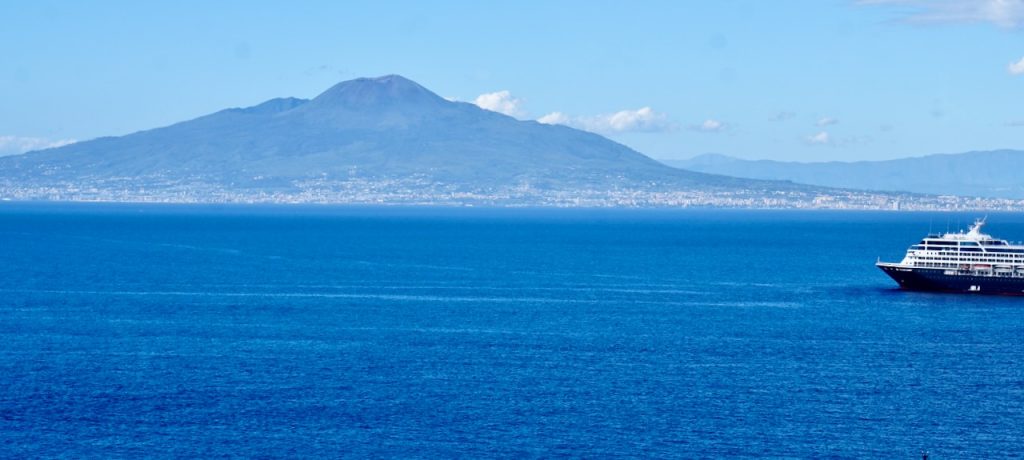
This blog will offer photos from four Italian cities: Sorrento, Ostia, Pisa, and Lucca.

As our world cruise comes to an end next week, one of the main benefits has been an increased awareness of history in the various ports and countries that we have visited. In Southern Europe around the Mediterranean we visited Spain (Cadiz, Cartegena, & Barcelona), Majorca, Sardinia, Crete, Greece (Corfu, Olympia, Nafplio, Athens, Rhodes), Turkey (Istanbul & Ephasus), and Egypt. A common theme in all these locations was that they were all part of the Roman Empire at its peak. The Romans built roads (in order to be able to quickly move soldiers), aqueducts (bringing water long distances to serve cities), amphitheaters (used for dramatic plays and gladiator events), and majestic buildings. Roman architecture was influenced by the Greeks. It’s been said that the Romans conquered the Greeks militarily, but the Greeks conquered the Romans culturally. It is to the Roman Empire’s credit that it could embrace aspects of the countries that it conquered. Stretching from the British Isles, across current Europe to Turkey, the Middle East, and North Africa, the Roman Empire is regarded by many as the greatest empire in world history.
Thus, the heritage of the Roman Empire was on our minds as the Viking Star recently visited Venice, Naples, Civitavecchia (the current port for Rome), and Livorno. We had visited Italy before (including Venice, Florence, Siena, and Rome), and based on having previously spent several days in Rome, this time we chose to visit other nearby destinations. Though we had not previously visited Naples, we had previously visited the ruins of Pompeii, at the foot of the towering Vesuvius volcano. Rome and Pompeii were the most popular destinations for those passengers visiting Italy for the first time.
Sorrento
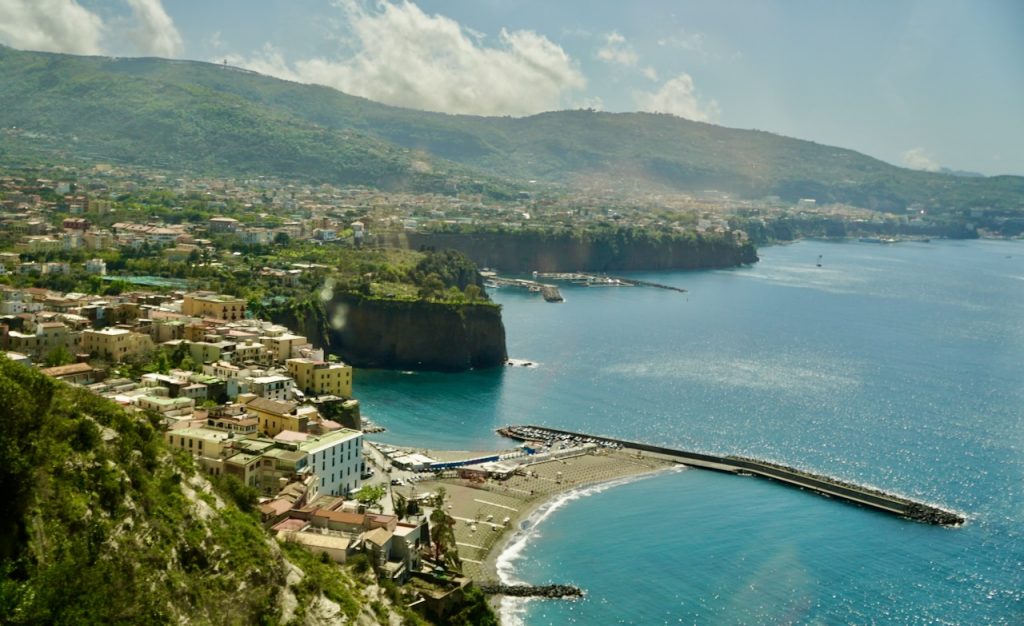
We chose to forego the Naples city tour in order to see some of the surrounding coastline. Near the city of Naples is the beginning of dramatic towering cliffs and beautiful villages (and some cities). We chose an excursion by bus to the popular city of Sorrento. Besides being incredibly scenic, Sorrento is famous as the source of the liqueur Limoncello. Our tour including a visit to a limoncello factory with samples, of course. The yards of Sorrento residents were filled with lemon trees, as well as mandarin orange trees. Additionally, we visited a store specializing in furniture and artwork made of inlaid wood pieces of different colors. The quality of the woodwork is the best I’ve ever seen.
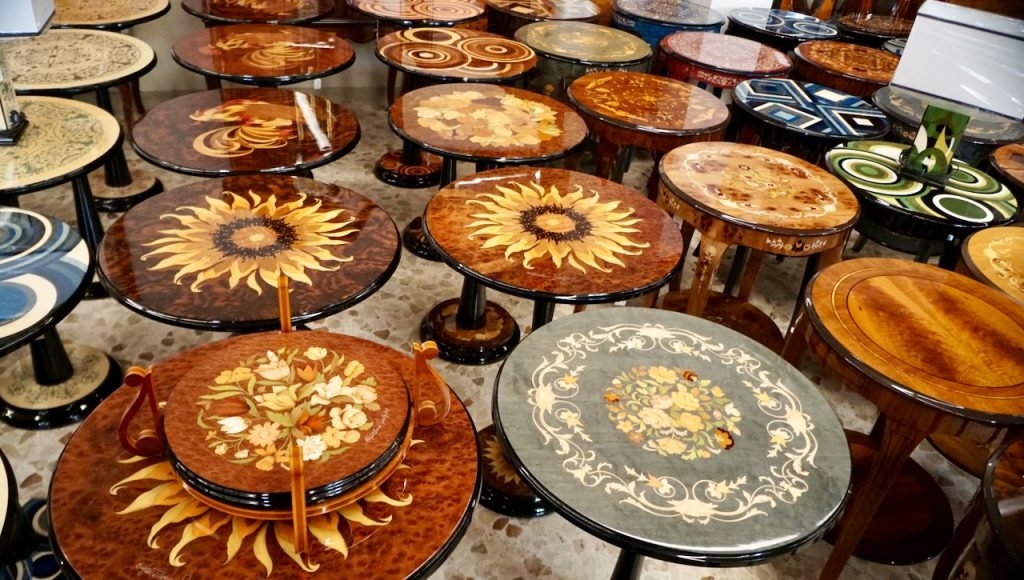

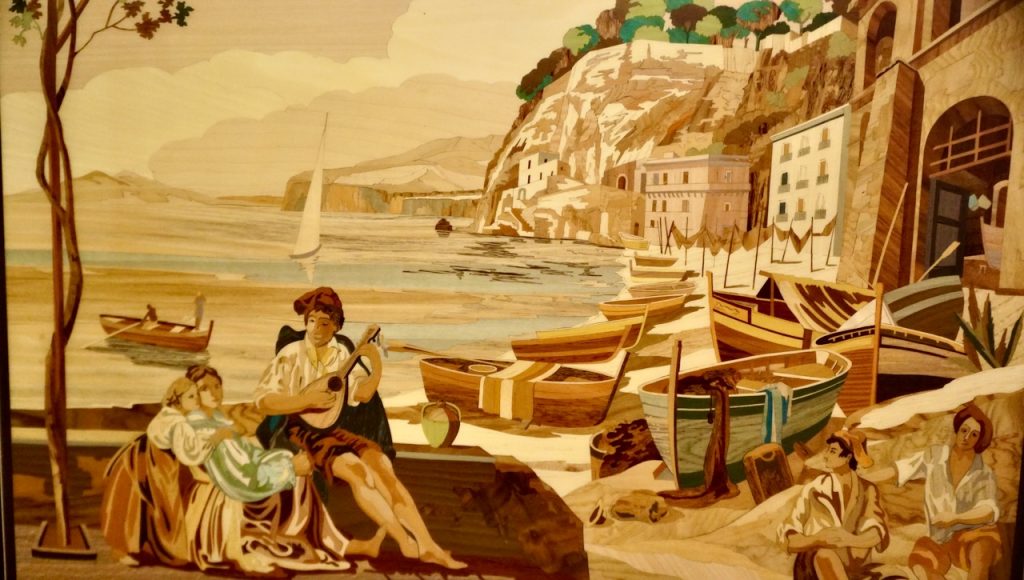
Ostia
Near Rome’s current port of Civitavecchia, we visited the previous ancient port of Rome, Ostia. Ostia is the city where the Tiber River reaches the Mediterranean. In ancient times, it was cheaper to move goods from the coast to Rome using boats on the Tiber river rather than transporting goods by the roads. Thus, the city of Ostia was built to serve Rome’s trade on the Mediterranean. Unfortunately, over the centuries the Tiber River filled with silt, causing the river to change its course away from the port facilities in Ostia. The change in the river’s course coupled with the decline of the Roman Empire caused Ostia to be abandoned by the year 1000 AD. The ruins from the original port facilities in city of Ostia are extensive and quite well preserved.
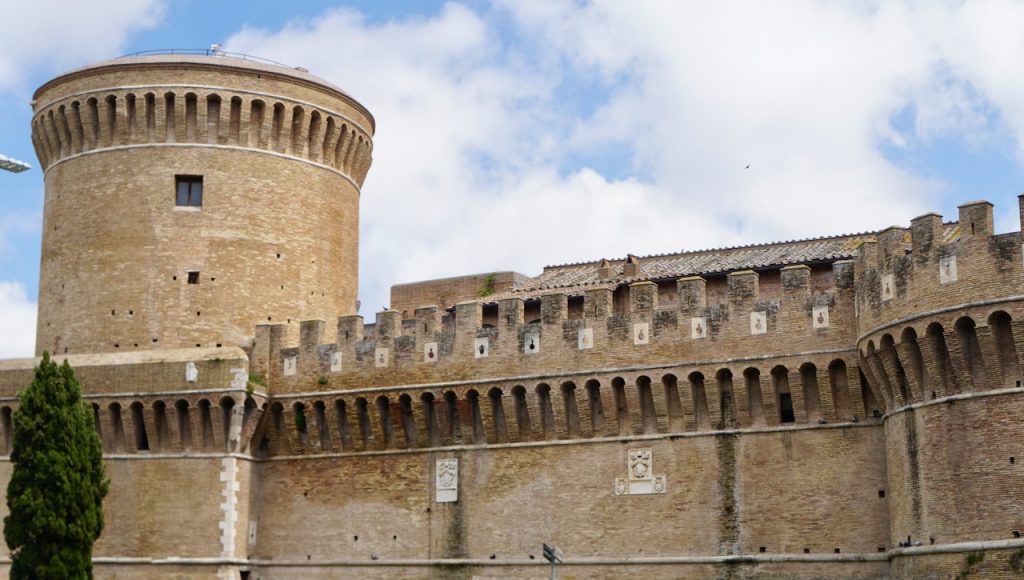
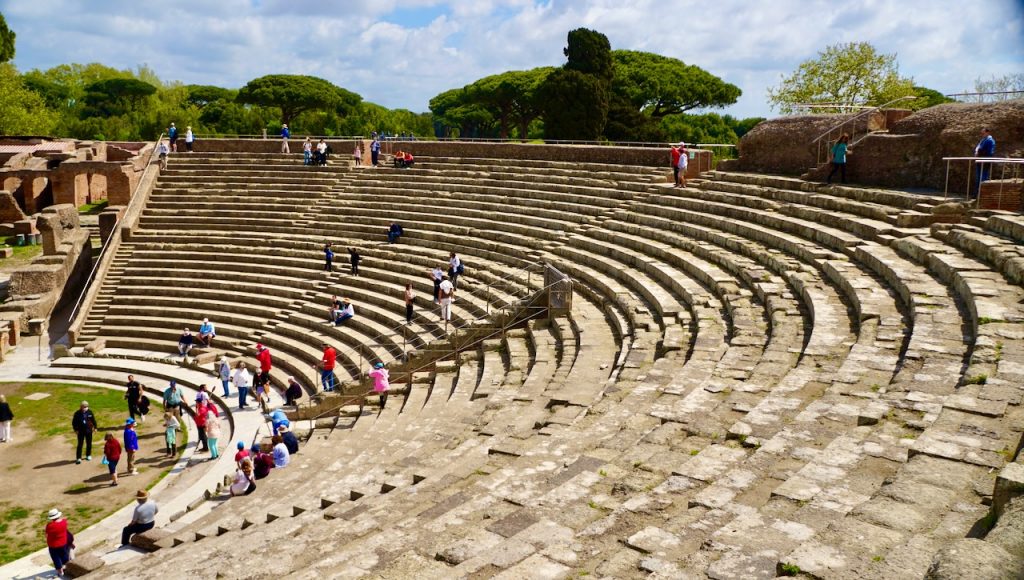
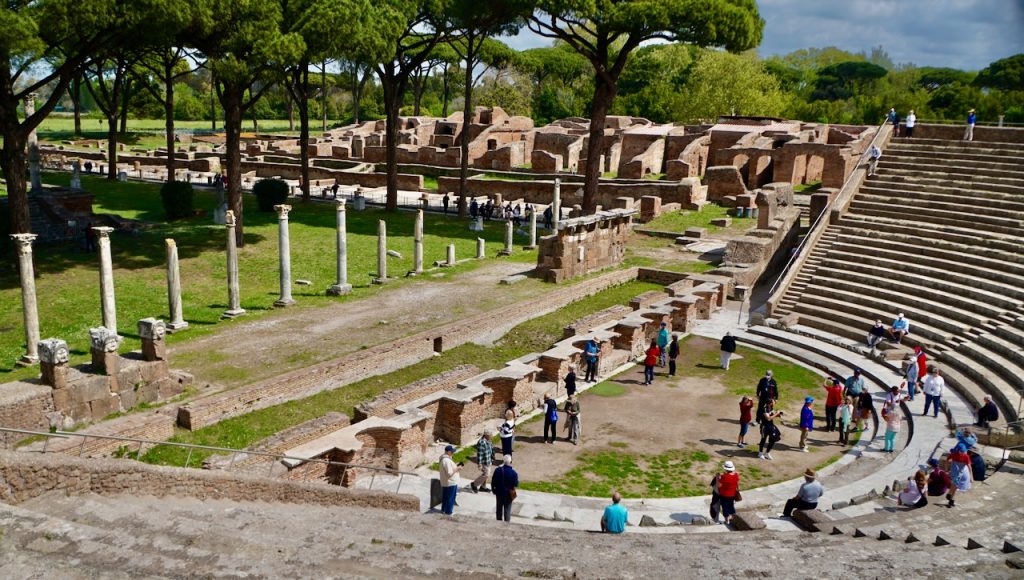
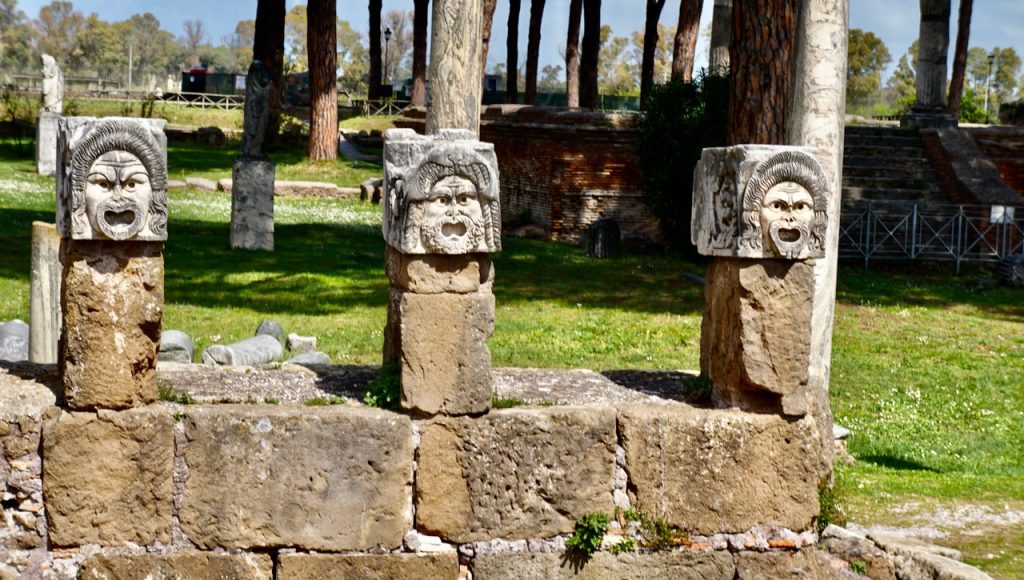
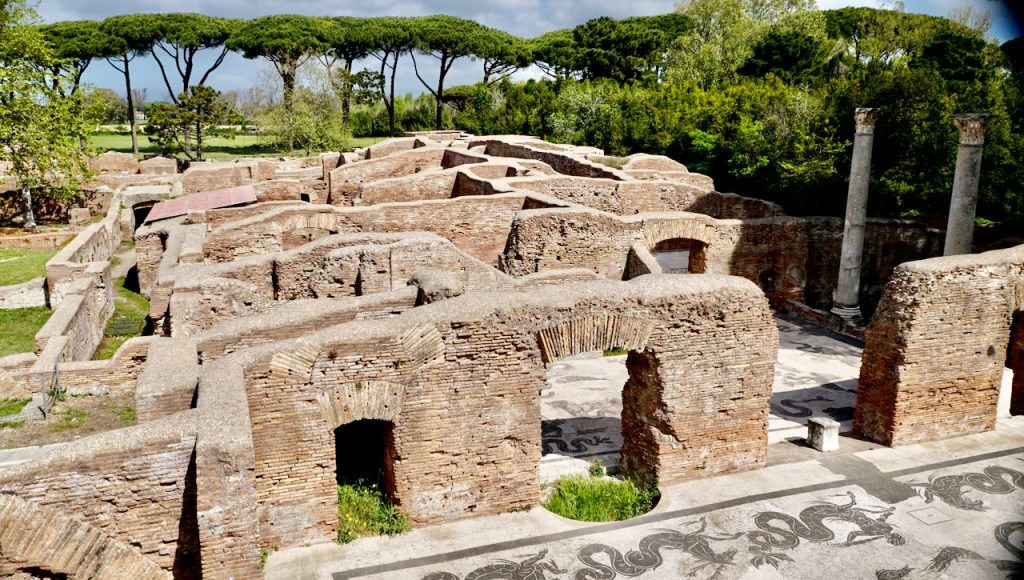
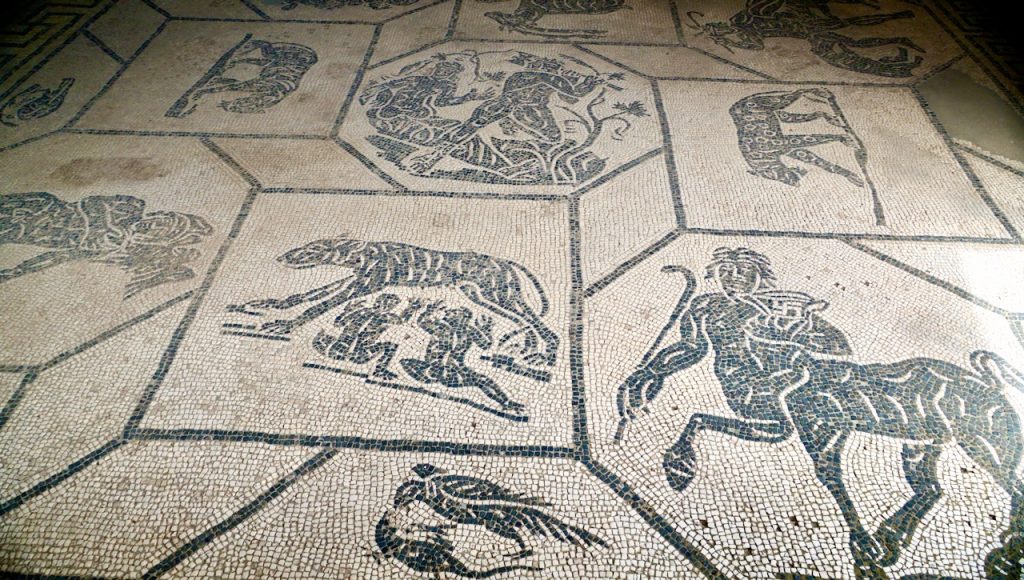
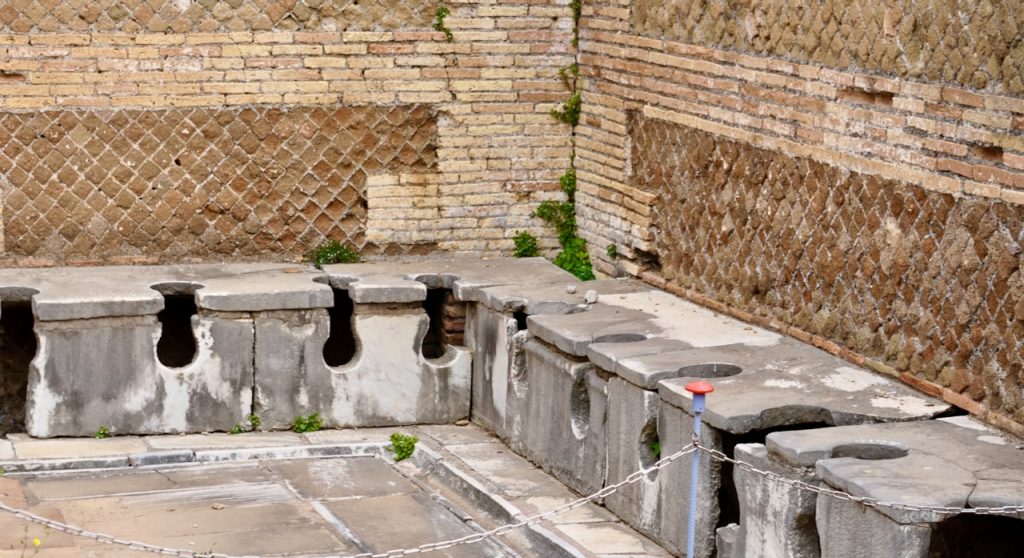
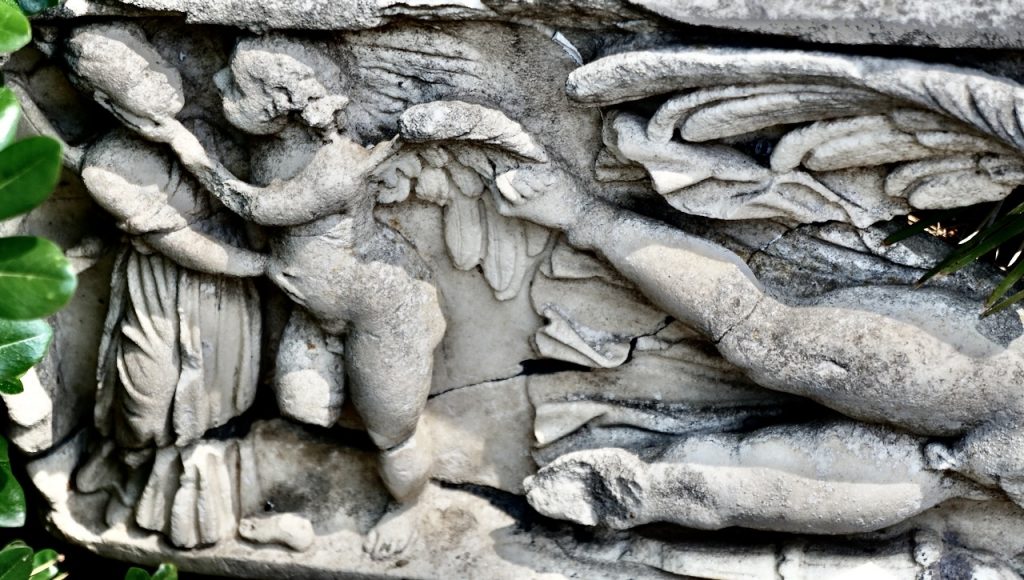
The city of Livorno was also active as a port during the Roman Empire. Like Naples and Civitavecchia, Livorno has an ancient fortress and a protective wall around the old city. From Livorno, we chose an excursion taking us to the cities of Pisa and Lucca.
Pisa
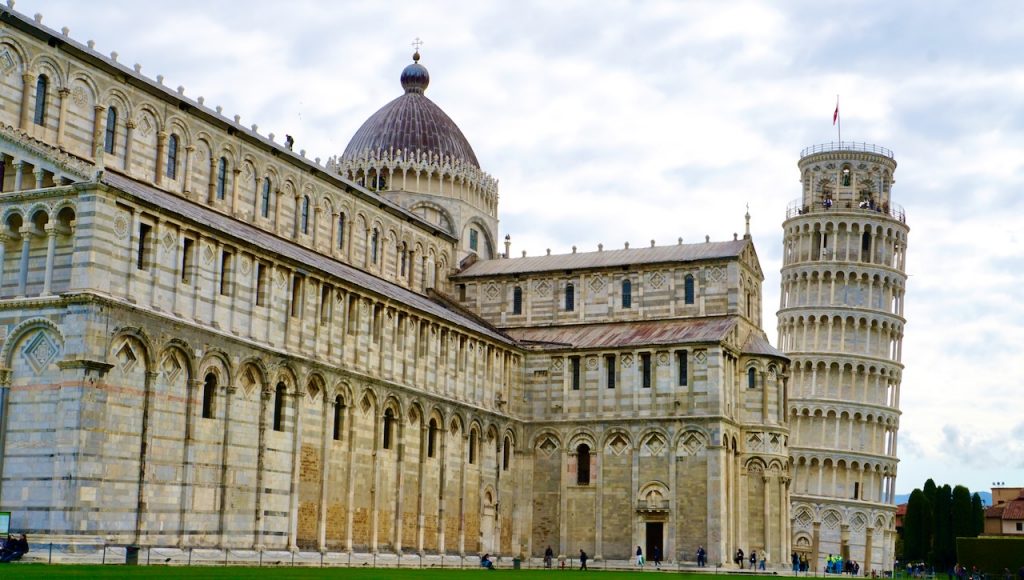
We had never seen the Leaning Tower of Pisa before, so it was thrilling to finally visit this famous tower. In previous years, there was fear that the tower could fall, which led to extensive efforts to save it. The tower had begun leaning even as it was under construction. The architects of that time had tried to compensate for the lean by putting more weight on the side away from the direction of the leaning. What was finally determined as the cause (in recent years) was that moisture/water under the tower was causing the ground underneath to expand and become unstable. Excavations were made under the tower to replace the wet earth, and so the tower is supposedly stabilized for the foreseeable future. The Leaning Tower has become such a popular tourist destination that Pisa residents would surely protest any efforts to correct the leaning that might restore the tower to be purely vertical.
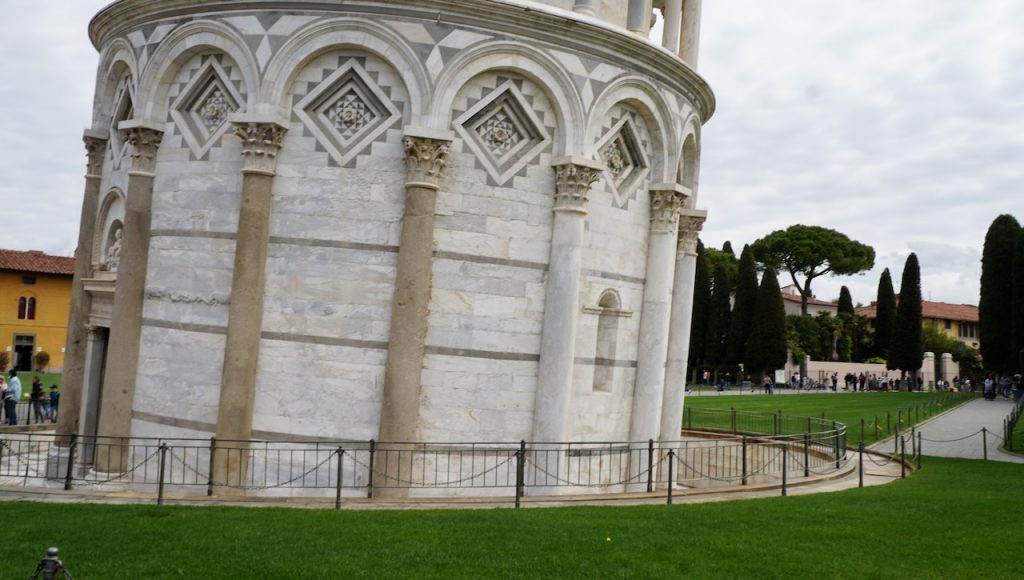
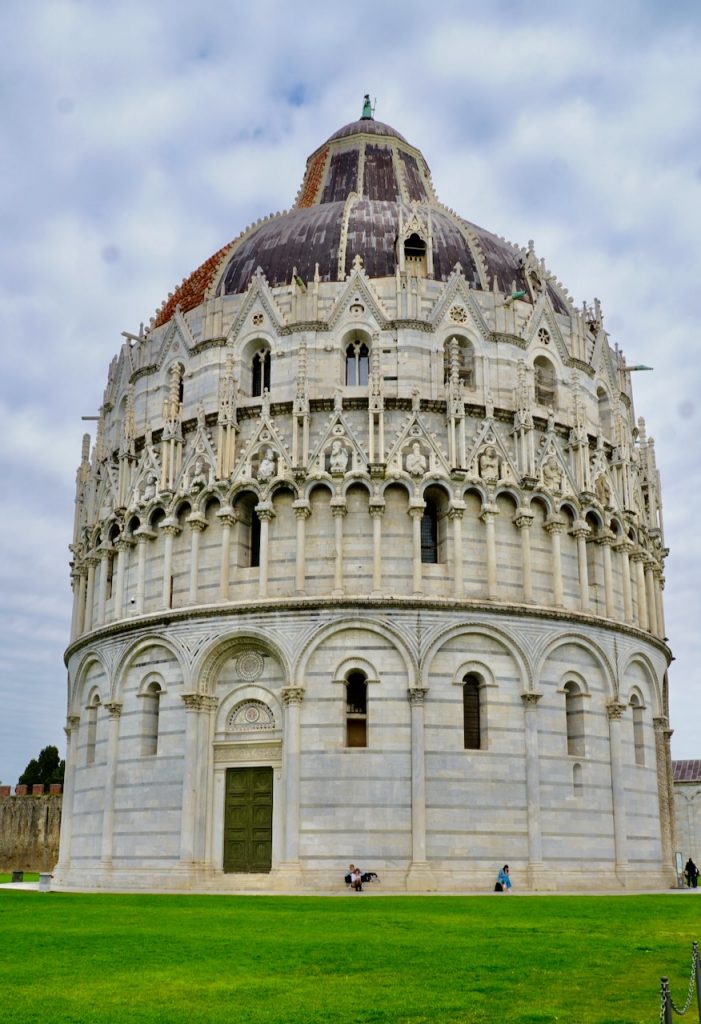
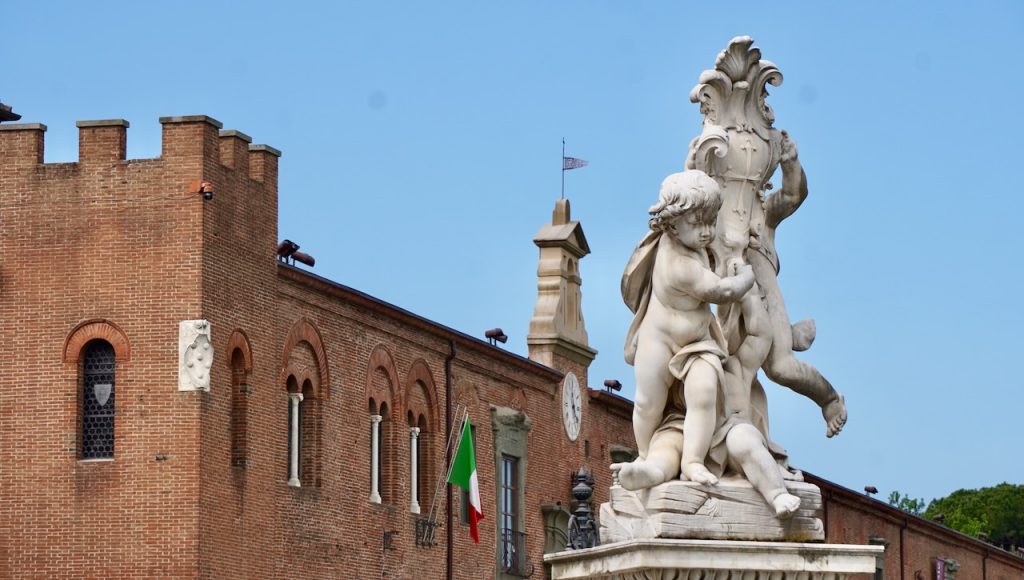
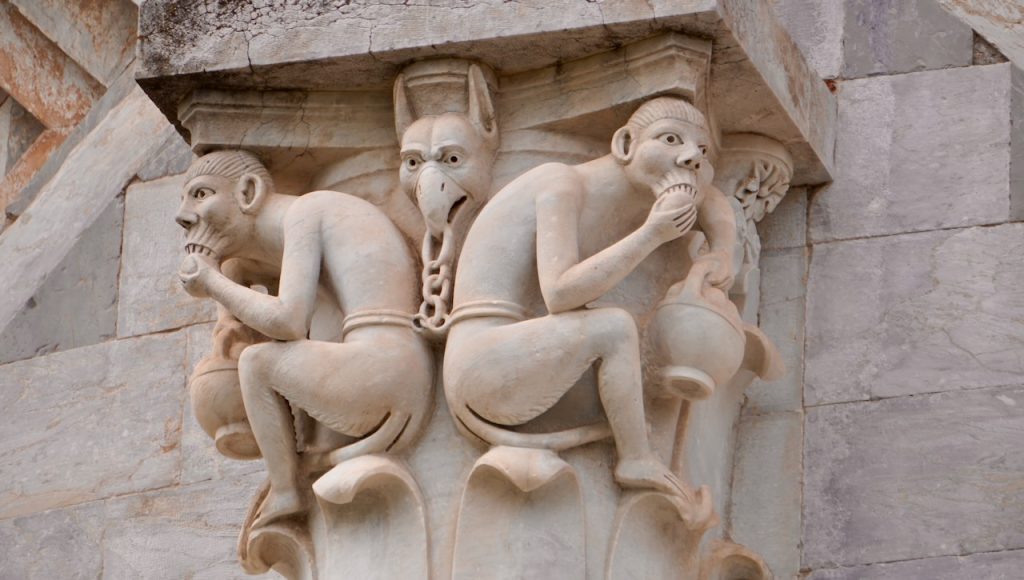
Lucca
The city of Lucca is unique in terms of Roman ruins among the many historic Italian cities. It is the only medieval city whose original protective wall has totally survived. Lucca was not a target during the bombings of World War II, so the wall, cathedrals, and ancient buildings survive in their original forms. The ancient wall, which is quite wide, previously allowed cars to drive on top of it around the city. That was later prohibited. Now the broad path on top of the wall is used by cyclists and pedestrians. Lucca has several churches within its city walls.
Italy is filled with amazing cathedrals, ancient fortresses, and incredible artworks. Lucca is an outstanding example of what makes Italy such an incredible tourist destination.
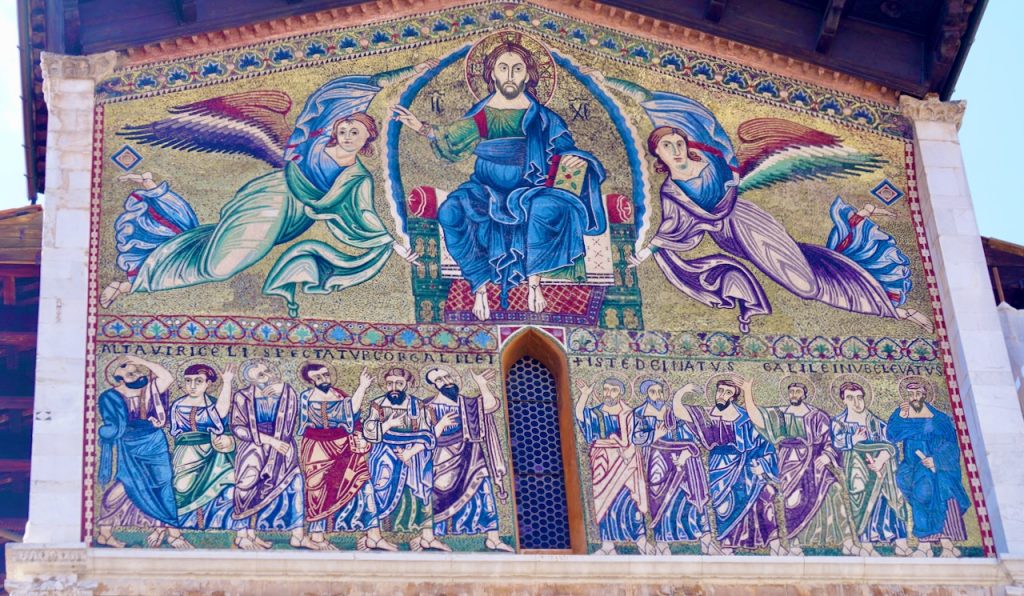
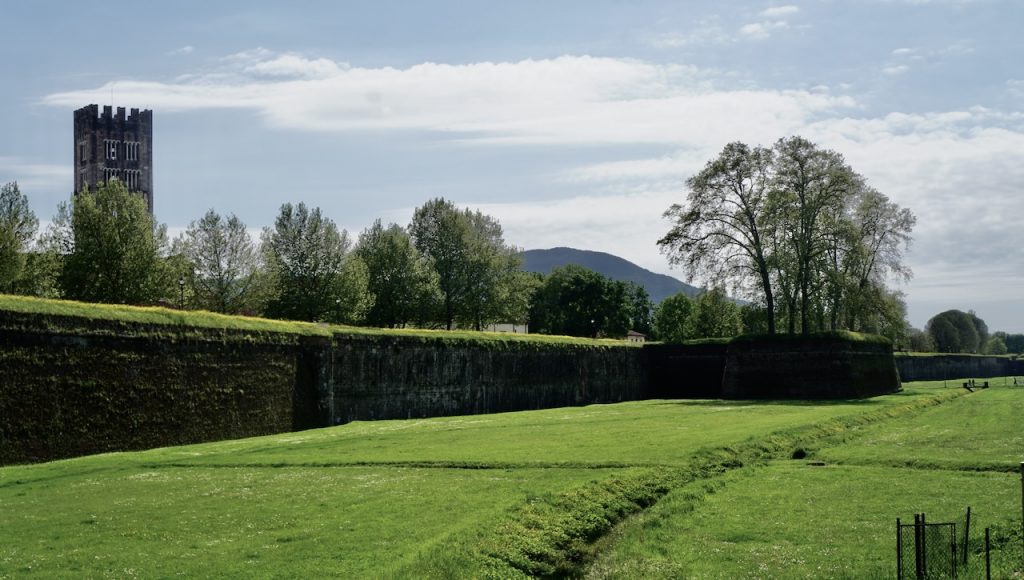
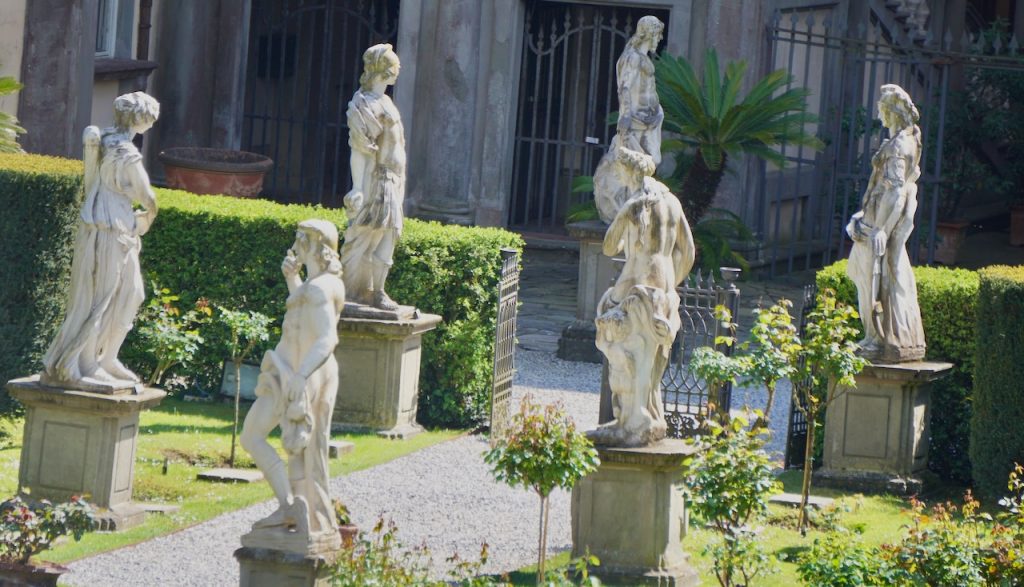
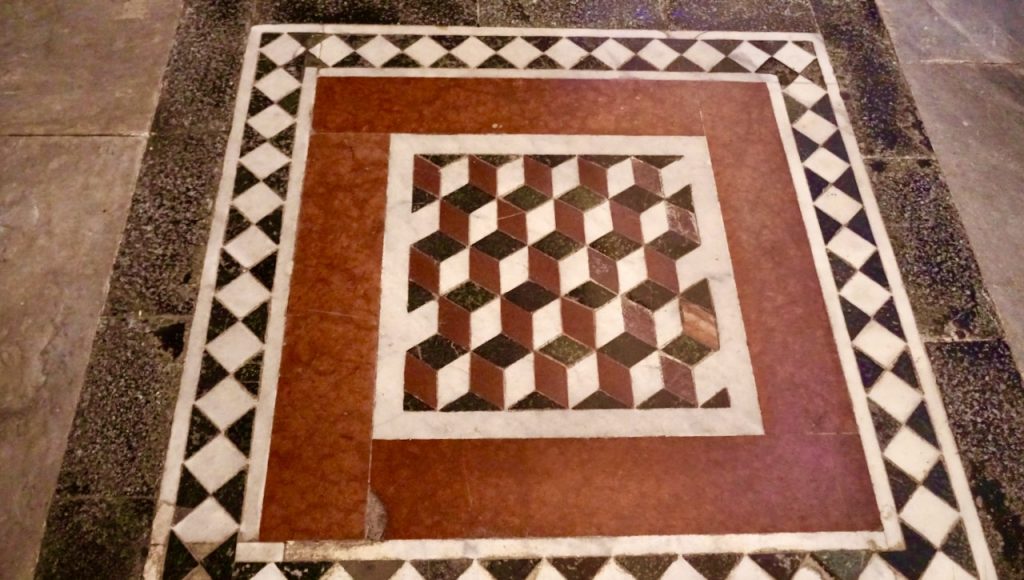


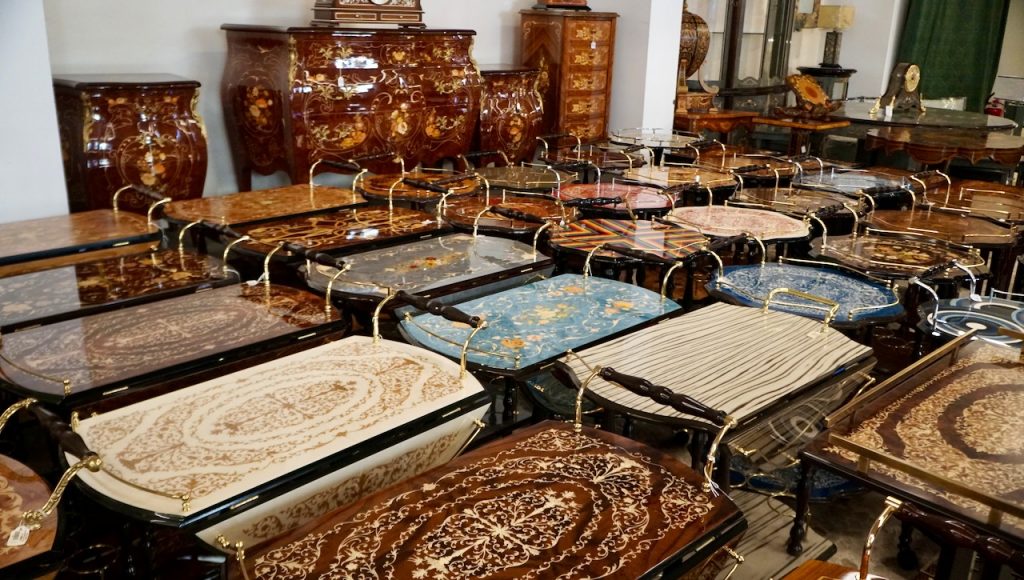
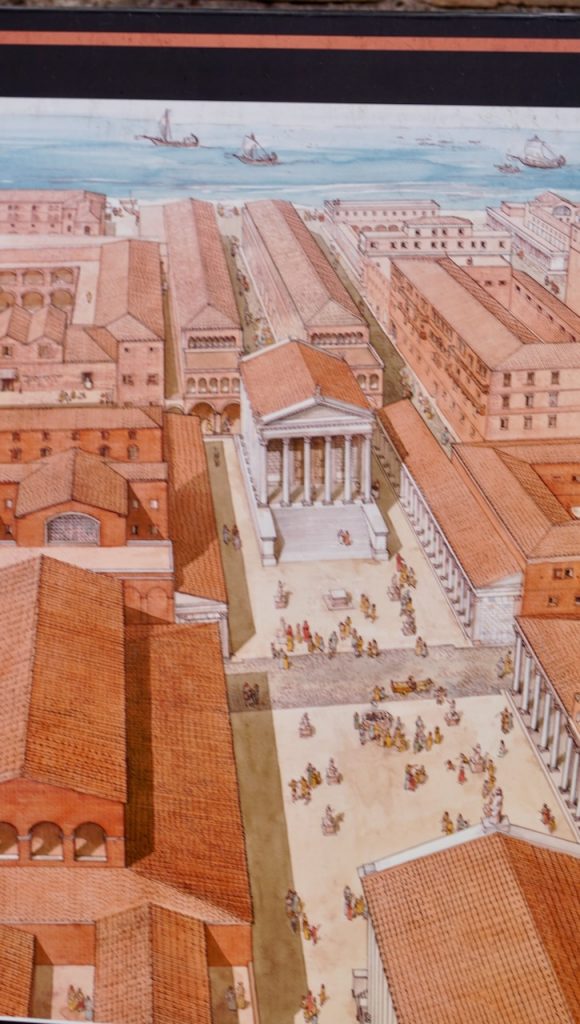
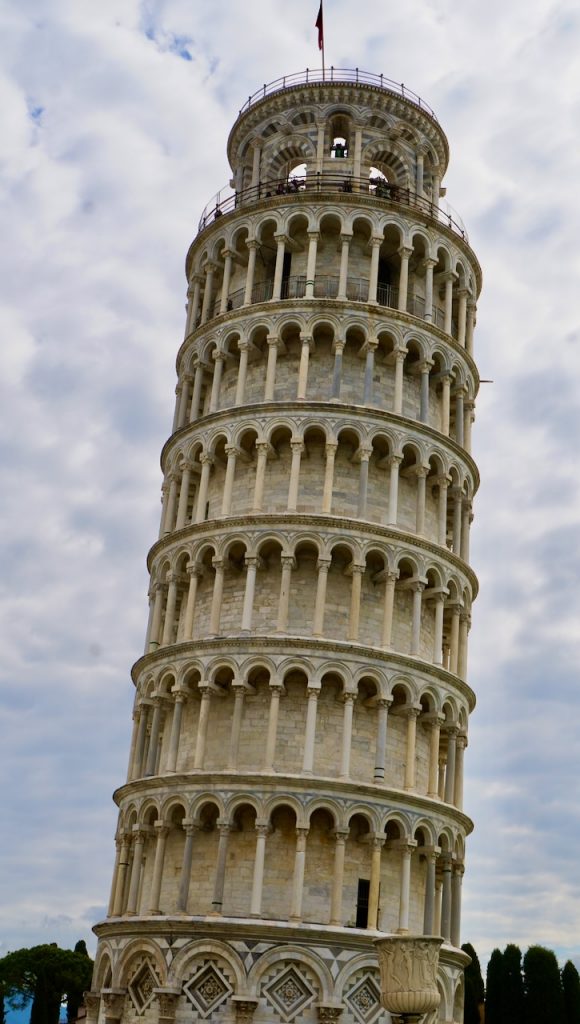
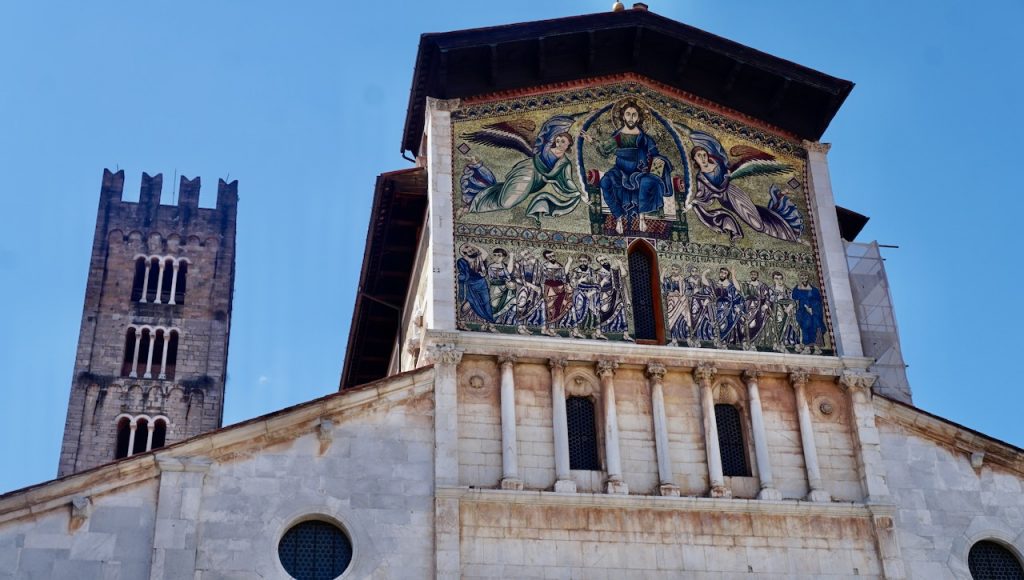
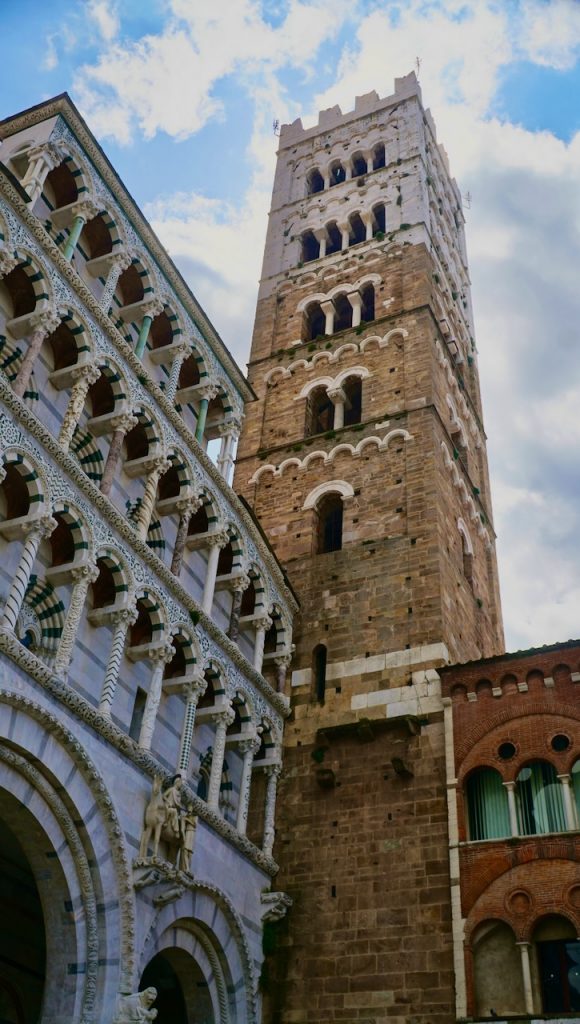

3 Comments on Italy
Join the Conversation